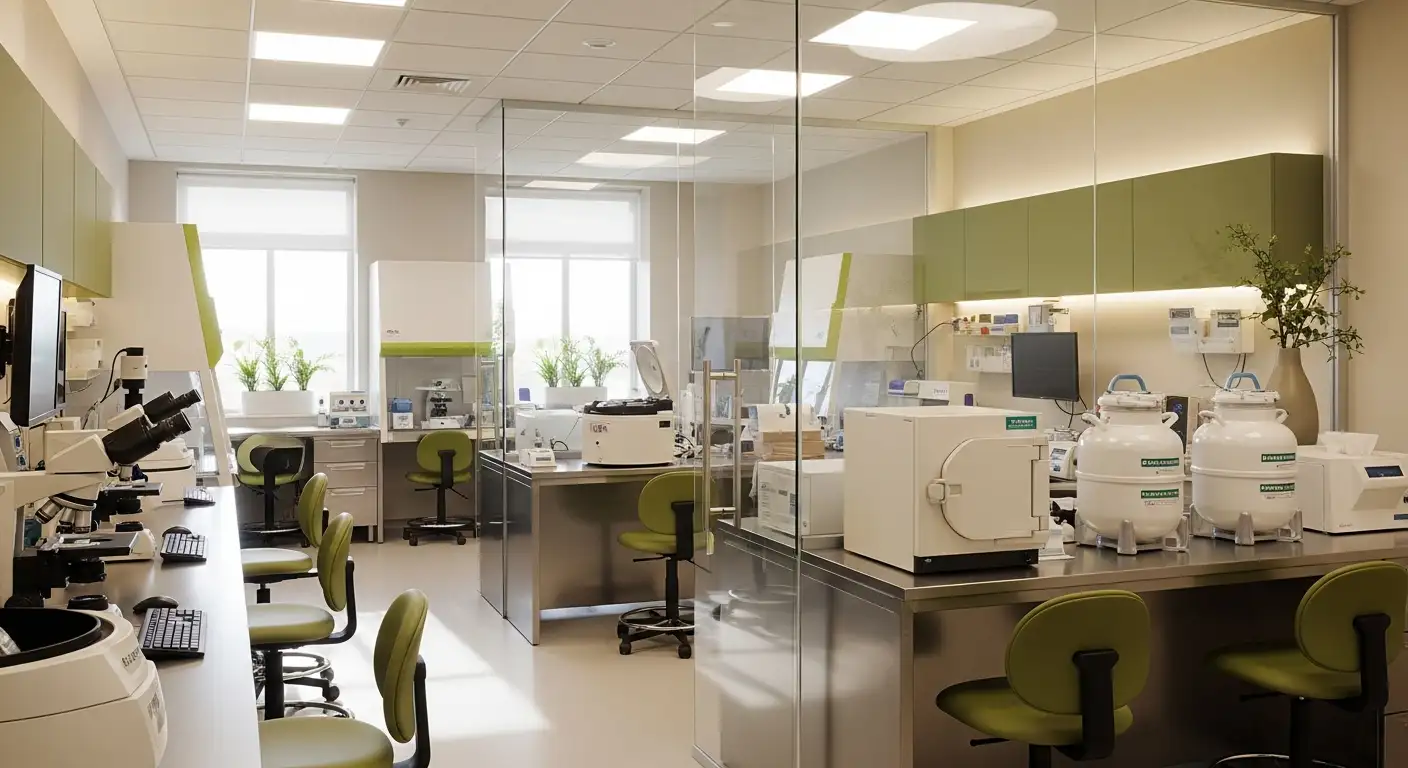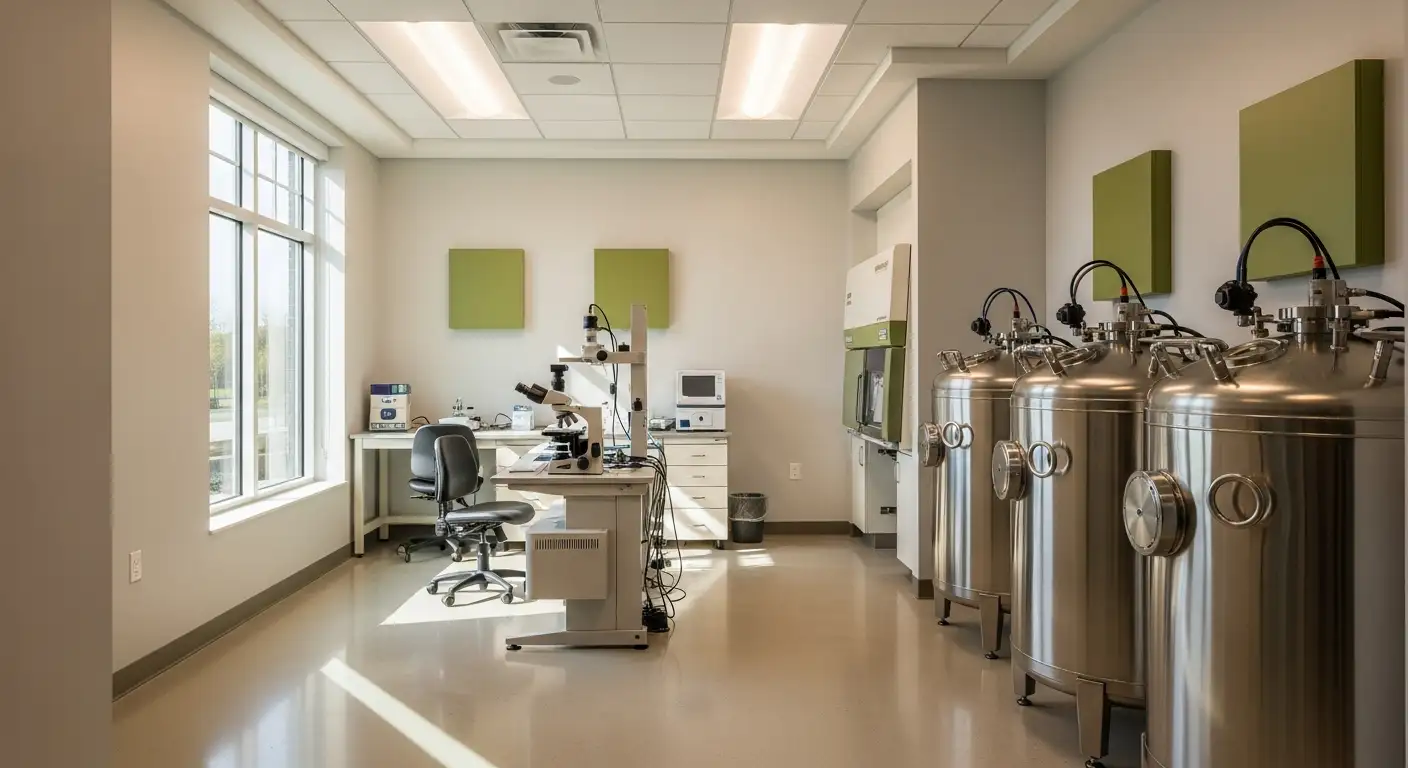Benefits of yoga and exercise during IVF cycles
Enhancing Fertility and Well-Being with Gentle Movement

Optimizing IVF Outcomes Through Safe Exercise Habits
Engaging in appropriate exercise and yoga during IVF cycles can significantly improve physical health, mental well-being, and the chances of conception. While vigorous activities are discouraged, gentle and moderate movement offers numerous benefits, from improving blood flow to reducing stress. This article explores the types of safe exercises, their benefits, and expert guidance to help individuals navigate their fertility journey with confidence.
How Yoga Supports Reproductive Health and IVF Success
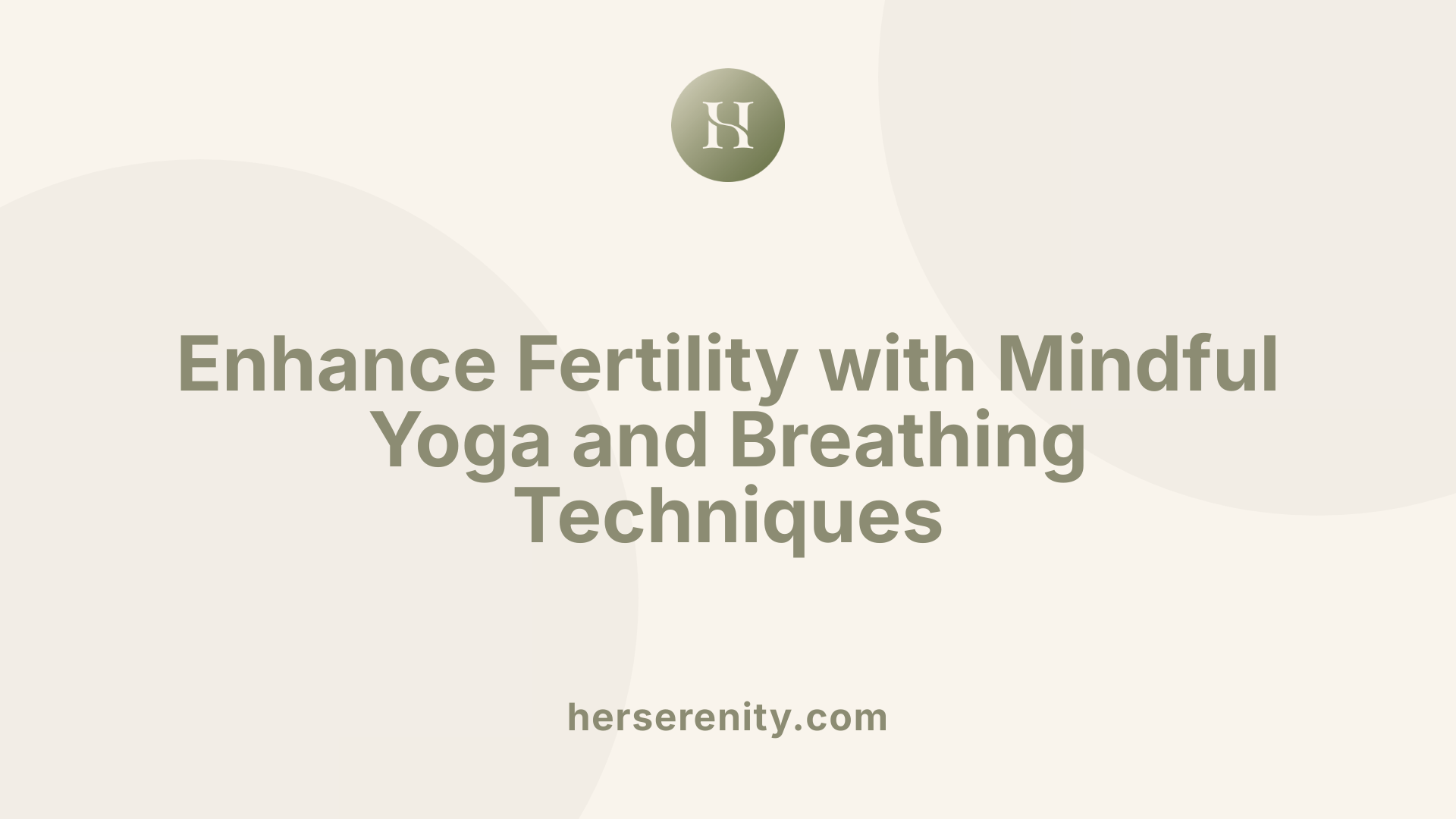
How does yoga improve flexibility and blood flow to reproductive organs?
Yoga involves gentle, mindful postures that help enhance overall flexibility, which can positively influence reproductive health. Specific poses, such as Downward Facing Dog and Legs-Up-the-Wall, stimulate the pelvic area and increase blood circulation. Improved blood flow delivers essential oxygen and nutrients to the reproductive organs, supporting their function. Enhanced circulation creates a more favorable environment for ovulation, implantation, and embryo development.
Additionally, yoga focuses on breathing techniques that promote oxygenation and reduce tension. Increased oxygen supply benefits reproductive tissues, boosts ovarian function, and can lead to higher IVF success rates. Regular practice helps maintain optimal pelvic health and prepares the body for conception.
How does yoga boost immunity and reduce inflammation?
Yoga's influence on the immune system is well-documented. Through gentle postures and relaxation techniques, yoga helps lower inflammation markers and improves immune response. This is particularly beneficial for conditions like Polycystic Ovary Syndrome (PCOS) and autoimmune diseases, which impair fertility.
The practice stimulates lymphatic drainage and regulates hormonal balance, both crucial for healthy reproductive function. Moreover, yoga's ability to reduce systemic inflammation supports overall reproductive health, increasing the likelihood of successful conception and IVF outcomes.
How does yoga's mindfulness help manage stress and anxiety during IVF?
The mental aspect of yoga—focused breathing and meditation—serves as a powerful tool for stress management. IVF treatments often induce emotional challenges, including anxiety and depression. Yoga encourages mindfulness, helping women and men cope better with the emotional rollercoaster.
By activating the parasympathetic nervous system, yoga reduces cortisol levels—the stress hormone—and promotes relaxation. This mental calmness not only improves overall well-being but also enhances hormonal harmony, which is vital for fertility treatments.
What specific yoga poses are beneficial during various IVF stages?
Certain yoga poses are particularly helpful during different stages of IVF. During ovarian stimulation, gentle poses like Child’s Pose and Supported Bridge help improve blood flow and reduce tension. After embryo transfer, relaxing poses such as Reclined Bound Angle and Savasana support emotional calmness and physical comfort.
In the two-week wait—critical for implantation—mild activity like yoga, walking, and swimming can promote blood circulation without stressing the body. It’s advisable to modify or avoid poses involving twisting, inversions, or intense core work, as these could risk ovarian torsion or interfere with embryo implantation.
Finally, during early pregnancy, gentle yoga, including breathing exercises and relaxation, continues to support mental health and physical adaptation.
| Yoga Poses | Stage of IVF | Benefits | Precautions |
|---|---|---|---|
| Legs Up the Wall | Post-embryo transfer | Enhances relaxation and blood flow | Avoid if experiencing discomfort |
| Child's Pose | Stimulation to post-transfer | Calms the mind, relieves tension | Modify for comfort |
| Reclined Bound Angle | Early pregnancy | Relieves lower abdominal tension | Use supportive props |
| Savasana | Throughout IVF | Deep relaxation | Practice in a safe, comfortable environment |
Engaging in restorative and gentle yoga supports both physical readiness and emotional resilience, making it an ideal complement to IVF treatments.
Exercise Routines and Precautions During IVF
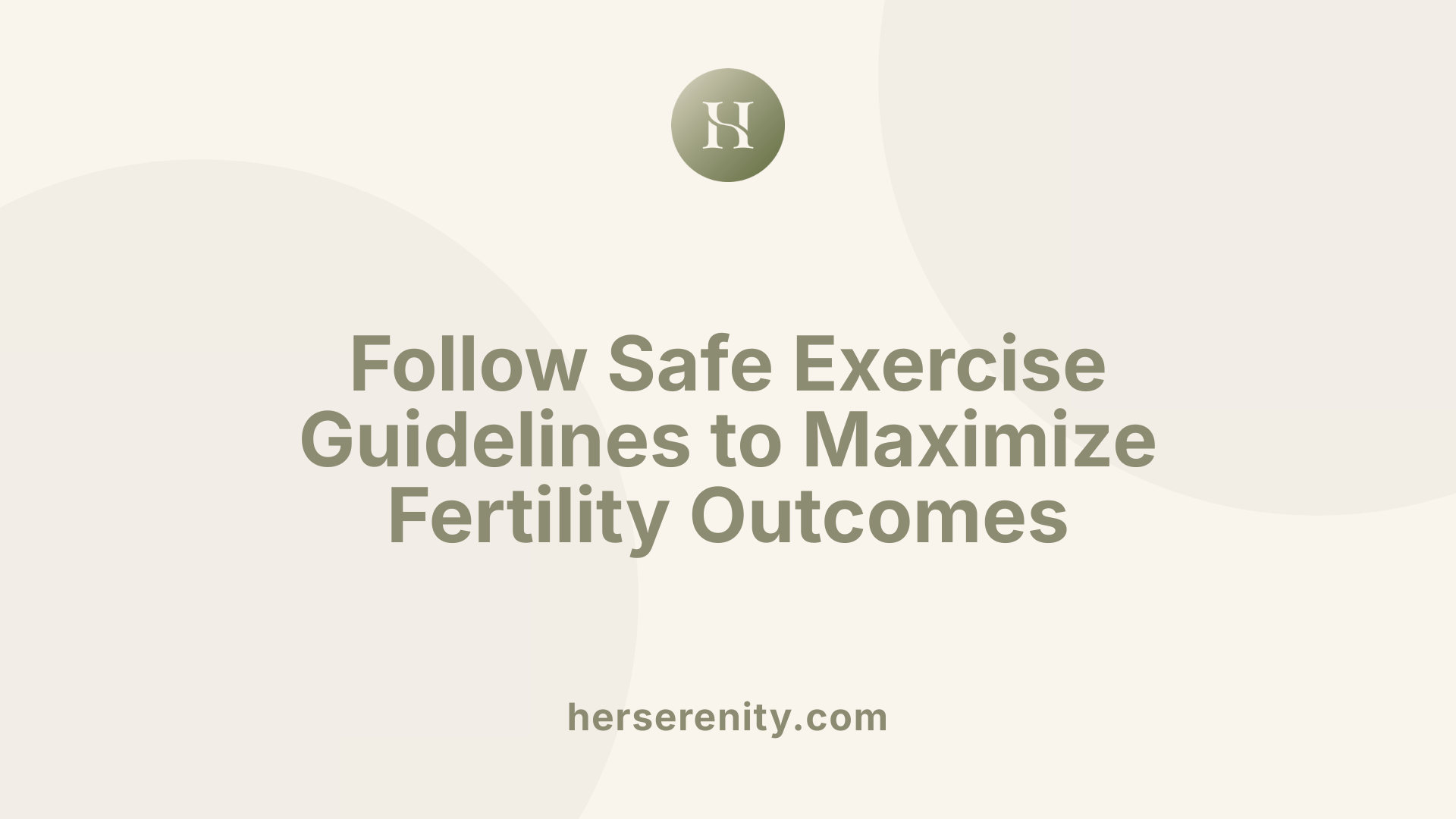
What are the recommended exercise routines and precautions during IVF cycles?
During IVF treatments, engaging in gentle and low-impact exercises is highly advised to support physical and mental well-being while minimizing risks. Suitable activities include walking, swimming, yoga, tai chi, and water aerobics. These exercises aid in maintaining blood flow, reducing stress, and enhancing overall health without overstressing the body.
Conversely, high-impact activities such as running, jumping, and intense cardio routines pose potential dangers, including ovarian torsion, injury, or adverse effects on follicle development. Heavy weightlifting and strenuous workouts should also be avoided due to their physical demands and risks.
It is recommended to limit exercise to about 30 minutes per session, ideally 2-3 times a week, and not exceeding four hours weekly. This moderate approach helps prevent overexertion and hormonal imbalances that could hamper IVF success.
Timing is critical—exercise routines should be modified or halted during specific treatment phases. Notably, physical activity should be avoided during egg retrieval and the week of embryo transfer. These periods require rest to optimize chances of successful implantation.
Additional precautions include avoiding activities that cause overheating, such as hot baths, saunas, and hot yoga, which can negatively influence fertility outcomes. Always consult your healthcare team to personalize activity levels according to your treatment stage, health status, and comfort.
Are there specific exercises to avoid or modifications recommended?
Certain exercises and movements should be avoided during IVF to prevent complications. Activities like hot yoga, which involves high temperatures, should be skipped to avoid overheating.
High-impact sports, such as contact sports, vigorous running, and jumping, could lead to ovarian torsion, especially when ovaries are enlarged from stimulation. Heavy weightlifting and strenuous core exercises are also discouraged because they may cause injury or unnatural pressure on the abdomen.
Modifications include choosing gentle yoga poses like reclining, supported, and restorative yoga, which promote relaxation without strain. Walking, swimming, Pilates, and Tai Chi are excellent low-impact alternatives.
Ensuring exercise intensity remains moderate—such as 30-minute sessions—helps maintain physical fitness while reducing the risk of adverse effects. Always tailor activity levels to your specific stage of treatment, and check with your healthcare provider for personalized suggestions.
In summary, the focus during IVF should be on maintaining overall health through safe, moderate, and low-impact exercise routines, with careful avoidance of activities that could jeopardize treatment success.
Types of Exercises Suitable for IVF Patients
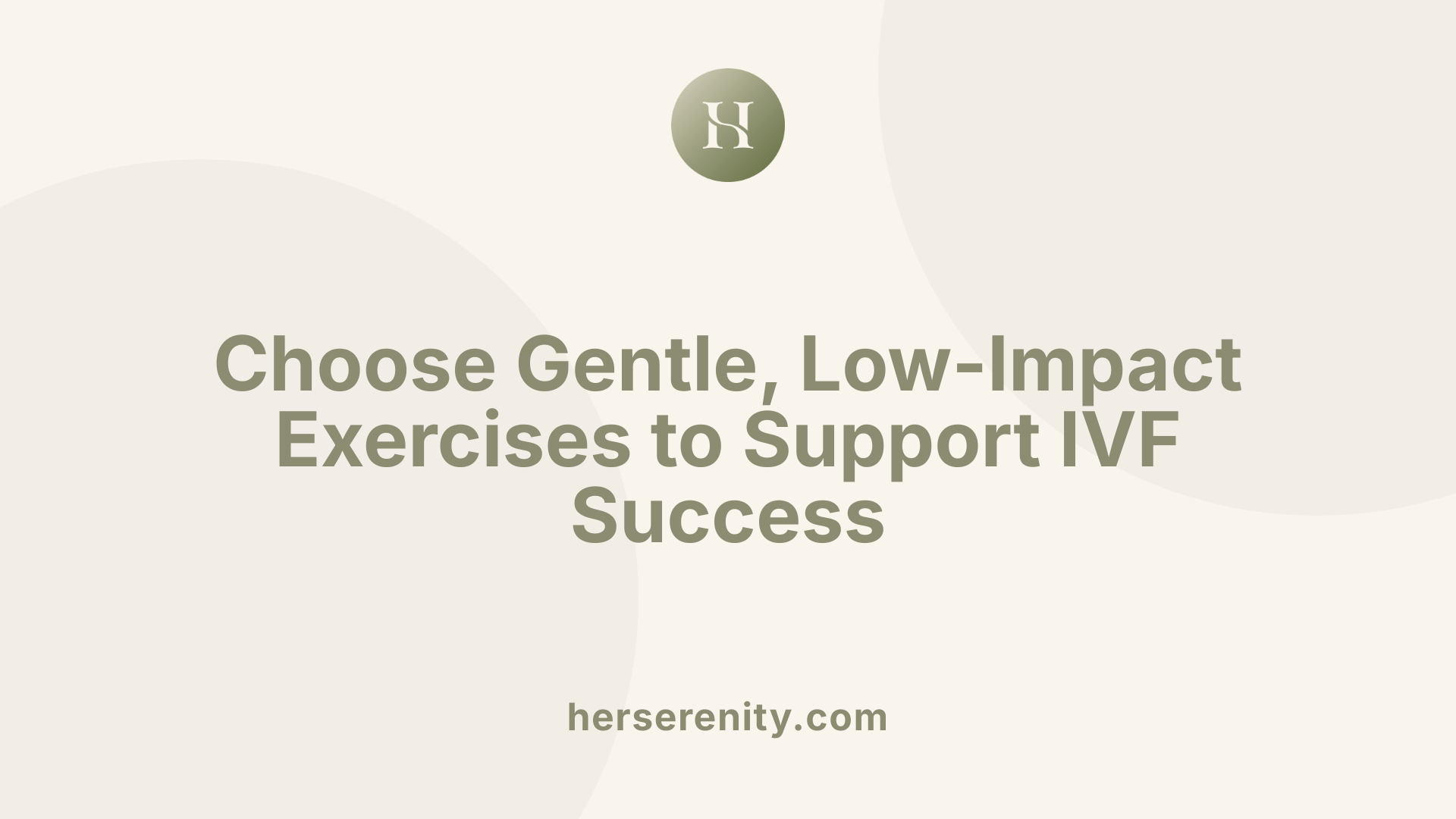 When undergoing IVF treatment, choosing appropriate exercises that support physical and mental health while minimizing risks is essential. Low-impact, gentle activities are recommended at every stage of the process.
When undergoing IVF treatment, choosing appropriate exercises that support physical and mental health while minimizing risks is essential. Low-impact, gentle activities are recommended at every stage of the process.
Walking at a steady pace and brisk walks are excellent options. They improve circulation, promote relaxation, and help maintain a healthy weight without putting undue stress on the body. Longer, brisk walks can be safely integrated into daily routines, especially as a way to boost mood and physical fitness.
Swimming and water aerobics provide a low-impact cardiovascular workout that is easy on joints and ovaries. Swimming, in particular, burns calories and tones muscles comparable to a 30-minute run in just 60 minutes of activity. The buoyancy of water also helps reduce pressure on the abdomen, making it a safe choice throughout IVF treatments.
Yoga, including gentle and restorative styles is highly beneficial for women and men during IVF. Fusion styles such as yin, restorative, and prenatal yoga promote relaxation, improve blood flow, and reduce stress levels. Specific poses like Legs Up the Wall and Supported Reclined Bound Angle are relaxing and support reproductive health. These styles focus on breathing, mindfulness, and gentle stretches, making them suitable at various treatment phases.
Pilates and Tai Chi are also effective options. They help improve core strength, balance, and flexibility, which are important during the physically demanding IVF process. These exercises emphasize controlled movements and breathing, aligning with yoga’s calming effects.
Stationary cycling delivers a low-impact cardio workout, supporting cardiovascular health while being gentle on the pelvis and ovaries. With proper adjustments, it can be performed safely during ovarian stimulation and the two-week wait.
How can exercise routines be tailored during different IVF phases?
In the early stages of ovarian stimulation, participating in light to moderate activities such as walking, swimming, and gentle yoga supports hormone regulation and blood flow to reproductive organs. This helps optimize the environment for egg development.
As ovarian follicles grow and the ovaries enlarge, usually around egg retrieval time, high-impact and strenuous exercises should be avoided to prevent ovarian torsion and other complications. Instead, focus on very gentle activities or complete rest if recommended by your healthcare team.
Post-embryo transfer, the emphasis shifts to rest and minimal exertion for at least two weeks to aid embryo implantation. During the two-week wait, light exercises like walking and yoga can promote blood circulation and reduce stress, aiding in pregnancy success.
In all phases, modifications should be made as needed to avoid overheating, falls, or excessive strain. Always consult with a fertility specialist or qualified instructor to customize an exercise plan suited to your treatment stage and physical condition.
By carefully selecting and adjusting exercises, IVF patients can enhance their overall wellbeing, reduce stress, and potentially improve their chances of conception. Prioritizing safety during each phase ensures that physical activity contributes positively to the reproductive process.
Guidelines from Experts and Safety Tips

Why is consulting a fertility specialist important before incorporating exercise into IVF treatment?
Before beginning or changing an exercise routine during IVF, it’s essential to consult with your fertility specialist. These healthcare providers can offer personalized recommendations based on your specific condition, treatment stage, and overall health. They help ensure that activities support, rather than hinder, your chances of success.
Why are certified yoga instructors recommended for practice during IVF?
Engaging with certified yoga teachers, recognized by reputable organizations such as Yoga Alliance or British Wheel of Yoga, ensures proper guidance. These instructors know how to modify poses for safety and comfort, especially during sensitive IVF phases. They can suggest gentle routines tailored to your needs, helping you gain the benefits of yoga while minimizing risks.
When should exercise be avoided during IVF?
Certain critical periods require complete rest or avoidance of strenuous activity. It is advised to cease exercise during the egg retrieval procedure and the immediate days afterward. The first two weeks post-embryo transfer is another crucial window when physical activity should be limited. These precautions help reduce the risk of ovarian torsion, miscarriage, or other complications associated with enlarged ovaries or sensitive implantation.
How do I monitor my body response and adjust my activity levels?
Listening to your body is vital during IVF. Pay attention to signs of discomfort, fatigue, or pain. Adjust exercise intensity and duration accordingly. If you experience dizziness, nausea, or abdominal pain, scale back or pause activities. Regularly communicate with your healthcare team about your physical response to remain within safe exercise limits.
What activities should be avoided to ensure safety during IVF?
Avoid overheating by steering clear of hot yoga, saunas, and hot baths. High-impact exercises like running, jumping, or heavy weightlifting should be skipped, especially during ovarian stimulation when ovaries are enlarged. Contact sports and activities with fall risks are discouraged to prevent injuries. The focus should be on low-impact, gentle movements that promote circulation and relaxation.
Additional safety tips
- Always perform exercises in a comfortable, supportive environment.
- Wear appropriate clothing and hydration is crucial.
- Aim for moderate activities such as walking, swimming, gentle yoga, or Pilates, typically lasting around 30 minutes.
- Modify poses and routines as needed, especially during pregnancy or sensitivity phases.
- Avoid exercises that involve inversions or sudden movements that could put strain on the ovaries.
Following these expert guidelines and safety tips helps optimize your fertility journey, supporting physical well-being while reducing potential risks associated with exercise during IVF.
Maximizing Fertility and Well-Being with Safe Exercise
Incorporating gentle, moderate exercise like yoga, walking, and swimming during IVF can not only support physical health but also improve mental resilience. It is crucial to follow medical advice, avoid high-impact activities, and pay attention to your body's signals. When practiced safely and consistently, exercise becomes a valuable tool in enhancing fertility outcomes, reducing stress, and promoting overall wellness during this important journey.
References
- Yoga & IVF: How Regular Exercise Can Increase Your Success |
- Exercising during IVF | IVF Fertility Clinic London | The Evewell
- The Dos and Don'ts of Exercising During IVF - Chelsea Fertility NYC
- Yoga and It's Benefits During IVF - RRC - Kansas City IVF
- Yoga and IVF: Enhancing Your Fertility Journey
- Role of Exercise in IVF Success - Bavishi Fertility Institute
- Exercise and IVF: What to Know at Every Stage - TRIO Fertility

